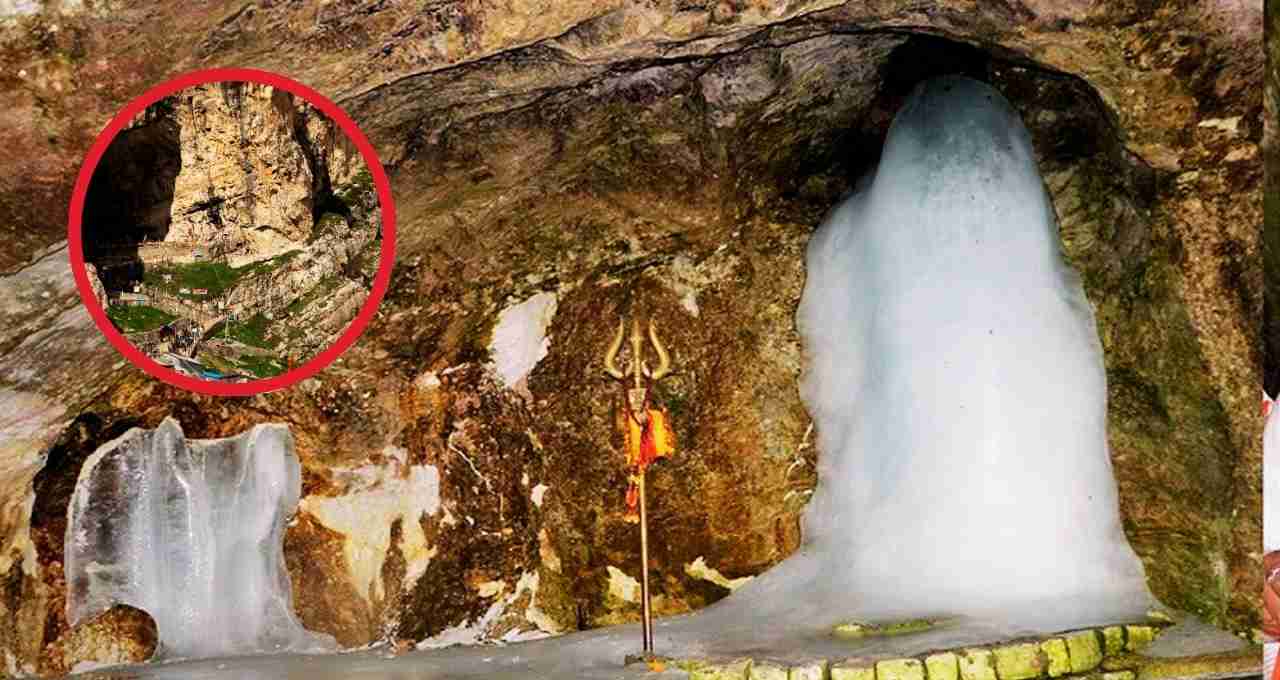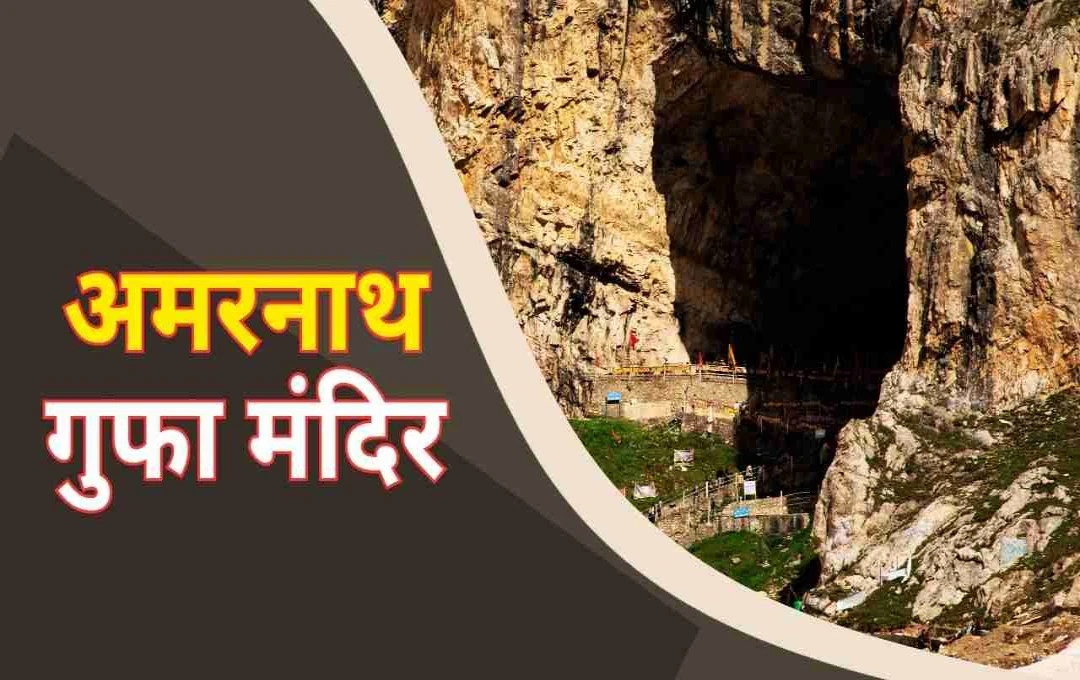Nestled in the lap of the Himalayas, the Amarnath Cave Temple stands as one of India's most sacred and enigmatic pilgrimage sites. More than just a religious center, this location embodies the remarkable essence of Indian civilization, culture, and Sanatan tradition. Situated at an altitude of 13,600 feet above sea level, this cave attracts millions of devotees of Lord Shiva each year, where the mere sight of the naturally formed ice lingam purifies the souls of the faithful.
Amarnath Cave: A Divine Miracle
The Amarnath Cave is located approximately 135 kilometers northeast of Srinagar, the capital of Jammu and Kashmir. The cave is about 19 meters long, 16 meters wide, and 11 meters high. Its main attraction is the natural ice lingam, which waxes and wanes with the lunar cycle during the month of Shravan each year. This ice lingam is not only a natural wonder but is also considered by Shiva devotees to be a direct manifestation of Lord Shiva.
The Amarkatha and the Cave's Mythological Secret
According to mythology, it was here that Lord Shiva narrated the Amarkatha (the tale of immortality) to Goddess Parvati. This story was considered so confidential that Lord Shiva left behind all his attendants, serpents, Nandi (his mount), and even his five elements while imparting the secret of immortality. Only Goddess Parvati was privy to this secret. During this narration, a shuk-shishu (parrot chick) also overheard the tale and became immortal as Shuka Deva Muni. Even today, devotees believe that those who undertake the Amarnath Yatra are spiritually liberated from the cycle of birth and death.
Mention of Amarnath in History

Detailed references to Amarnath can be found in ancient texts like the Nilamata Purana, Rajatarangini, and Bringesh Samhita. Kalhana's Rajatarangini records that a Shaivite ruler named Samdimat used to undertake the Amarnath Yatra. This proves that this pilgrimage site dates back to before the Mahabharata period. According to historians, the Archaeological Survey of India also believes this cave to be over 5000 years old. Although British and leftist historians have downplayed the site's importance, attributing its discovery to the 19th century, texts like the Ain-i-Akbari also mention this cave, proving its recognition during the Mughal era.
Buta Malik and the Contested History
A popular legend attributes the discovery of the cave in 1850 to a Muslim shepherd named Buta Malik. According to the story, a sage gave him a bag filled with coal, which turned into diamonds when he opened it at home. But when he returned to thank the sage, he found the Amarnath Cave instead. Although this story is captivating, references to Amarnath in the Nilamata Purana and Rajatarangini predate this event by centuries. Nevertheless, descendants of Buta Malik still receive a portion of the offerings made at the shrine.
The Science Behind the Miraculous Ice Lingam
Inside the Amarnath Cave, dripping ice droplets freeze in one spot, forming the shape of a lingam. This ice lingam waxes and wanes with the phases of the moon — reaching its full size on the full moon (Purnima) and disappearing on the new moon (Amavasya). This natural phenomenon remains a mystery to science even today. Three other ice formations are also found in the cave, which are worshipped as Parvati, Ganesh, and Bhairav.
Major Routes and Stopovers for the Pilgrimage

The Amarnath Yatra is undertaken via two main routes:
1. Pahalgam Route
- Distance from Jammu: 315 km
- Major Stopovers: Pahalgam → Chandanwari → Pissu Ghati → Sheshnag → Panchtarni → Amarnath
This route is considered simpler and safer.
2. Baltal Route
- Distance from Jammu: 400 km
- Total Distance: 14 km (one way)
- This route is shorter but extremely challenging and risky.
- The government advises most pilgrims to travel via the Pahalgam route.
Panchtarni and Sheshnag: Spiritual Sites
- Sheshnag Lake, filled with blue waters, is considered the abode of Sheshnag. It is believed that Sheshnag appears here once every day.
- Panchtarni is the confluence of five holy streams, from where the cave is only 8 km away. Due to the high altitude, there is also a lack of oxygen here.
Amarnath: Faith, Security, and Politics
The Amarnath Yatra has become more than just a religious festival — it is also a symbol of India's cultural unity, faith, and national sentiment. Every year, millions of devotees participate in this pilgrimage, including ascetics, youth, women, and foreign tourists. However, due to opposition from separatists and terrorists in the Kashmir Valley, the Yatra has faced threats several times, but it is successfully completed due to the vigilance of the Indian Army and security forces.
The Amarnath Cave Temple, located in the Himalayas, is an ancient pilgrimage site where the natural ice lingam is the center of devotees' faith. According to mythology, it was here that Shiva narrated the Amarkatha to Parvati. This site is historically, spiritually, and culturally significant. Despite the difficult journey, millions of devotees visit every year for darshan.















